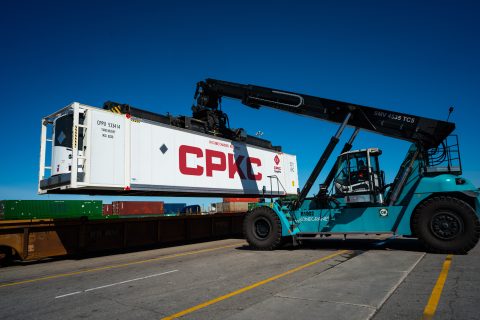Record-breaking traffic on Russia-India corridor, but where is the train?

Record volumes are transiting through the International North South Transport Corridor (INSTC) this year, but it has little to do with rail. Shipments are passing through Iran by truck, as the railway network in the country remains the missing link on the corridor.
Do you want to read the full article?
Thank you for visiting RailFreight.com. Become a member of RailFreight Premium and get full access to all our premium content.
Are you already a member?
Having problems logging in? Call +31(0)10 280 1000 or send an email to customerdesk@promedia.nl.





